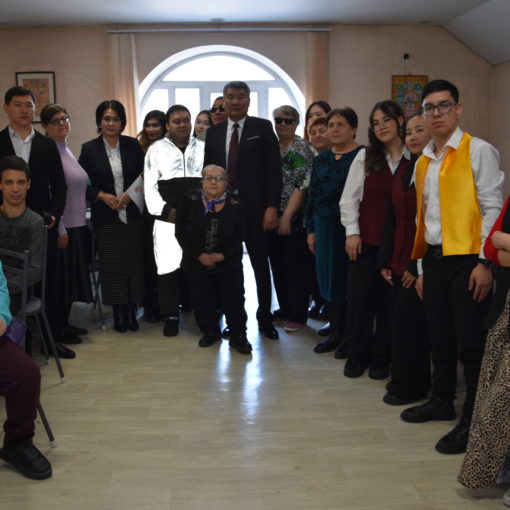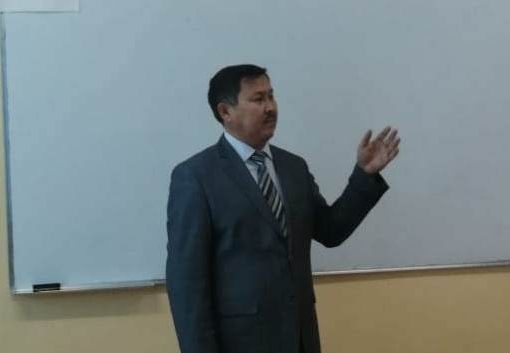Bolashaq Academy continues to issue potatoes.
The next step is to give the potatoes to the faculty and staff.
The faculty and staff are very grateful to the academy management for their care and regular social assistance.

According to the experts, the potatoes are undoubtedly useful, since they contain ascorbic acid (vitamin C), which is vital for humans. Thus, 1 kg of raw potatoes provides a person with 80-100 mg of ascorbic acid. In addition to vitamin C, the potatoes contain vitamins B6, B2 and B3 essential for humans.

The birthplace of the potato is South America, where wild species of this plant can still be found. The introduction of the potato into the crop (first by exploiting wild thickets) began about 9-7 thousand years ago in what is now Bolivia. Not only did Indians eat potatoes, but they also worshipped them as animate beings.

The 18th and 19th centuries were the era of the Great Potato Revolution. During this period, there was rapid population growth all over the world. In 1798, the English thinker Thomas Malthus discovered that it was growing faster than the economy and agriculture. It would seem that the world was facing an inevitable famine. But at least that didn’t happen in Europe. Escape from starvation brought potatoes.

The Dutch and the Flemish were the first to appreciate the economic merits of the potato. They had long abandoned the cultivation of labour-intensive cereals, preferring to develop a more lucrative livestock stall, which in turn required large quantities of forage. At first, the Dutch fed their cows and pigs with turnip, but then bet on potatoes. And they didn’t lose! The potatoes grew beautifully even on poor soils and were much more nutritious. The experience of the Dutch and Flemish came in handy in other countries when wheat crop failures became more frequent. To preserve the coarse grains for food, the cattle were fed potatoes.






